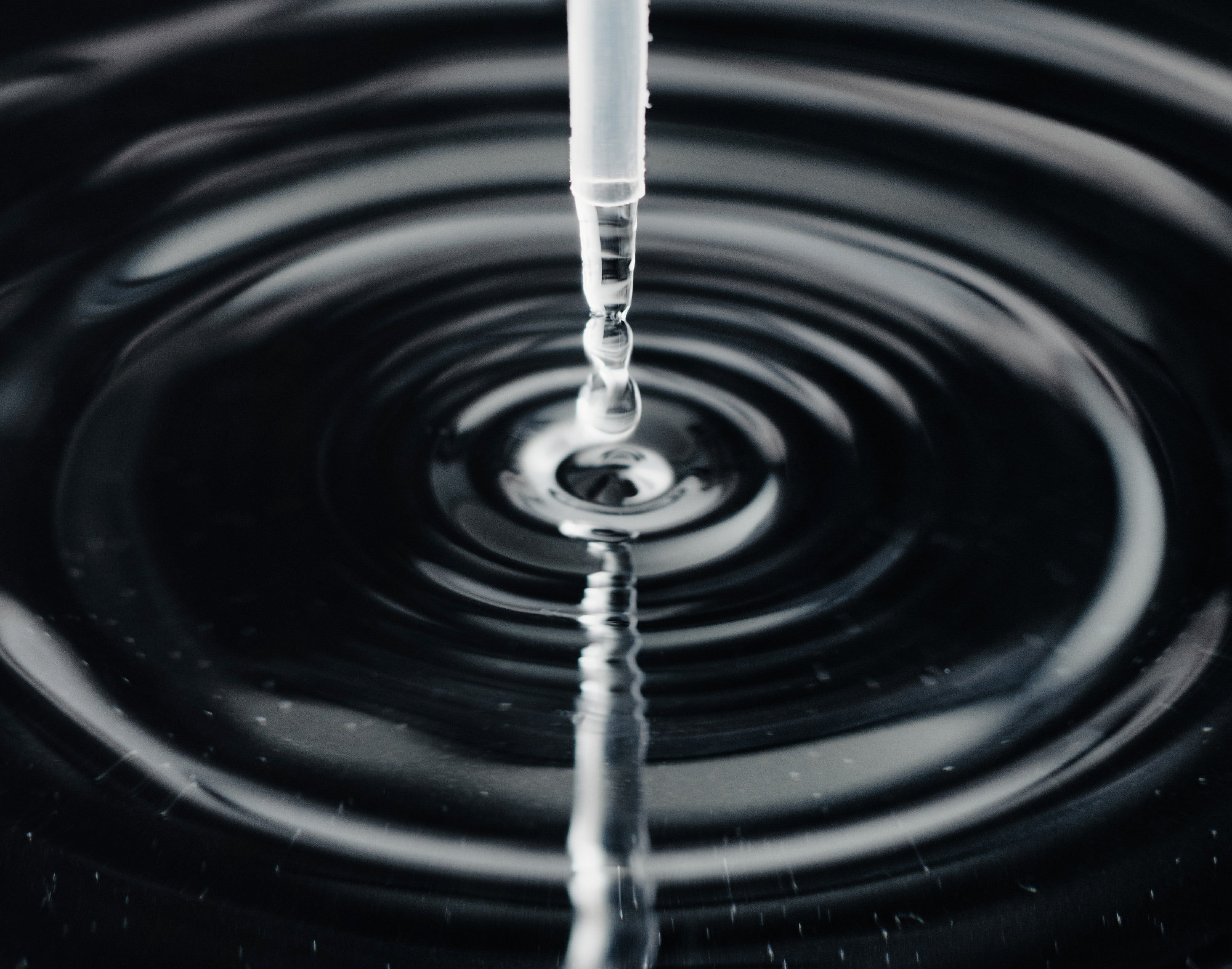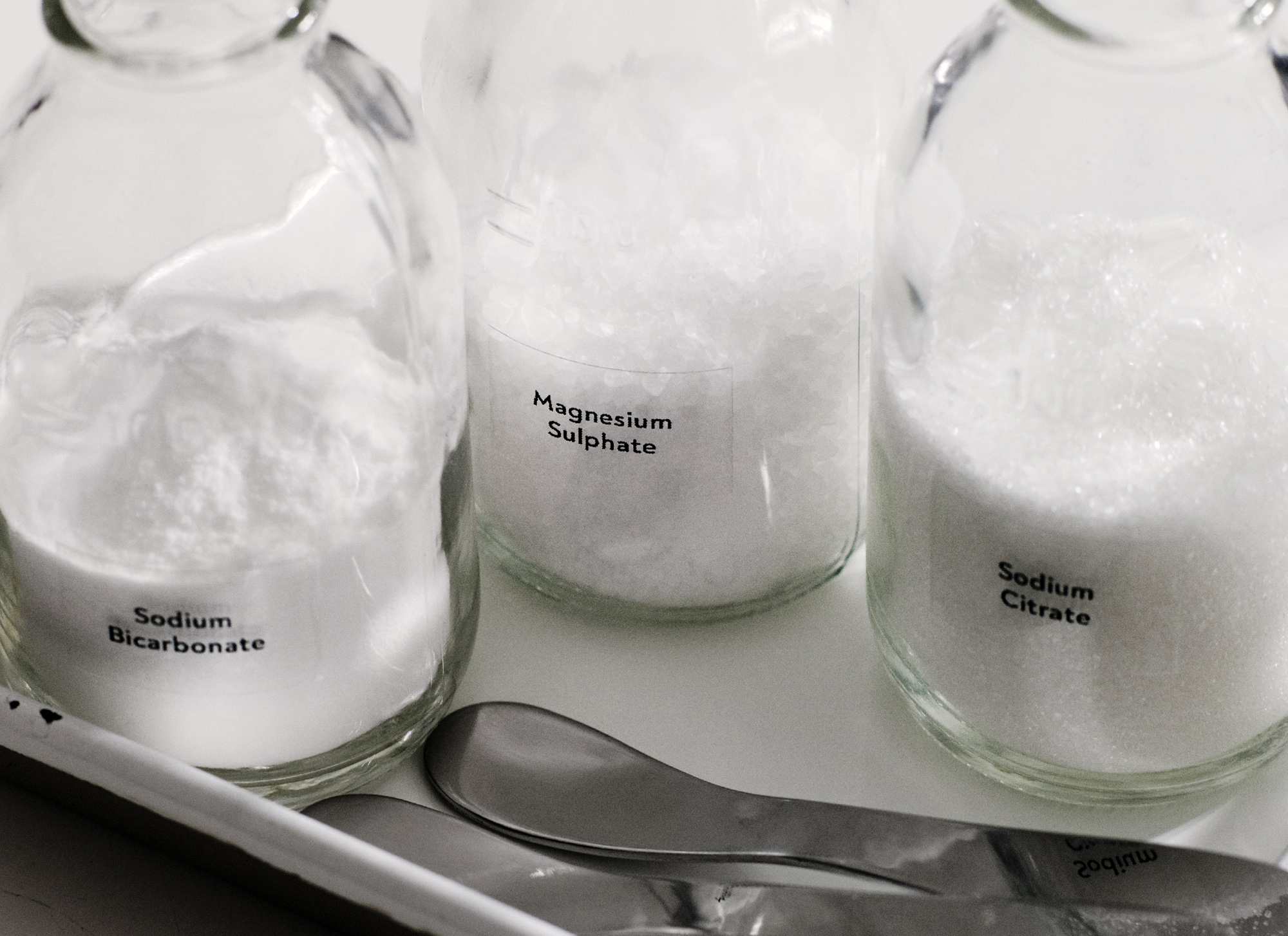The previous two lessons have shown you the most practical and simple way to remineralise you brew water. However, we are frequently asked, the question ‘What can we use to remineralise water apart from bicarb and epsom salts?’ This lesson has been designed to make it as easy as possible to formulate your brew water using any mineral salts you would like to experiment with.
The bad news is that in order to do this, it requires some basic maths, and a little research into what your mineral contains. The good news is that in this lesson, we’ve tried to simplify these concepts as much as possible, so that even if you don’t understand the chemistry, you should be able to expand your water repertoire by following these instructions.
What Minerals Can We Use?
The idea with this post is that you can use anything you like, as long as it’s food safe! However, there are a few commonly used minerals to consider.
Hardness
- Calcium Chloride
- Calcium Sulphate
- Magnesium Chloride
- Magnesium Sulphate
- Sodium Bicarbonate
- Potassium Bicarbonate
Both
These minerals are hard to dissolve, so for that reason we don’t recommend using them. If you want to try using these, you can carbonate the water using a sodastream to make them dissolve, but we find there are easier ways to get similar results.
- Calcium Carbonate
- Magnesium Carbonate
Other
- Sodium Chloride
- Sodium Hydroxide
- Hydrochloric Acid
- Calcium Citrate
Calcium and magnesium minerals are responsible for hardness and give your extraction power, and the bicarbonates or carbonates add buffer, to moderate the acidity. These are the major components that control the way the water affects your coffee.

